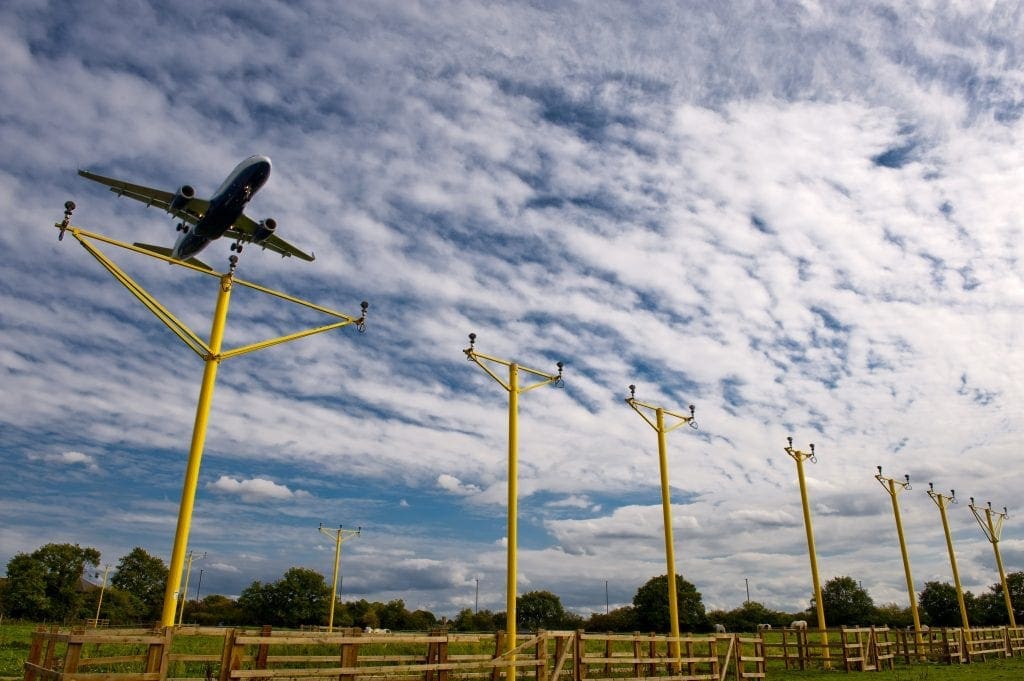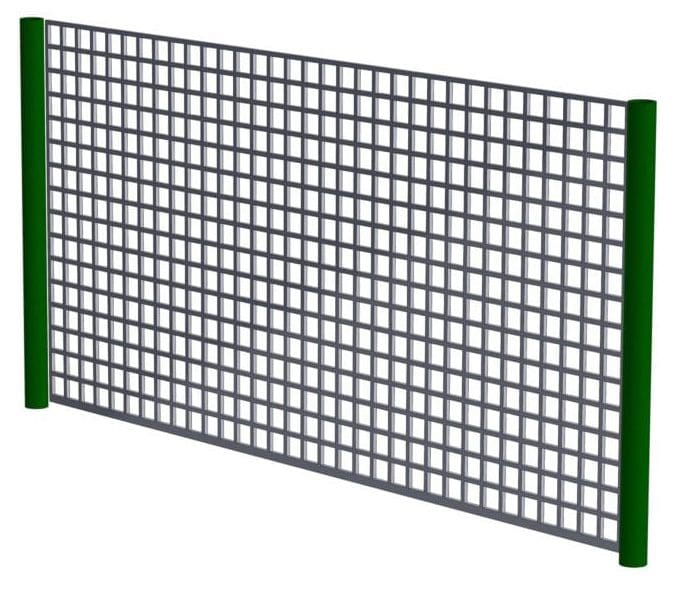Airports are hubs of constant activity, where safety and operational efficiency are vital. With the movement of aircraft, ground vehicles, and personnel, minimising risks while maintaining smooth operations is a significant challenge! Frangible structures have emerged as a key innovation in addressing these needs. They offer a blend of safety and efficiency that enhances airport operations considerably.
Enhancing safety with frangible structures
Frangible structures are designed to collapse or break upon impact. They reduce the risk of damage to aircraft, vehicles, and personnel in the event of a collision. Frangible structures are engineered to be strong enough to withstand conditions including inclement weather, but still break away upon collision.

Minimising collision risks
In busy airport environments, aircraft are constantly moving on the ground. The risk of accidental collisions with structures like runway approach masts or instrument landing system components is always there. Frangible structures are strategically designed to minimise the impact of these collisions. When an aircraft or vehicle accidentally strikes a frangible structure, it will break. This therefore causes minimal damage to both the aircraft and the structure itself. The risk of serious incidents and enhances overall safety on the airfield is reduced.
Protecting personnel and equipment
As well as thinking about the aircraft itself, frangible structures also safeguard ground personnel and equipment. For instance, frangible masts and fencing around runway thresholds or taxiways protect workers and ground vehicles from potential hazards. In the event of an impact, these structures break away, reducing the likelihood of injuries and equipment damage. This ensures the safety of those on the ground and also minimises the risk of costly delays and repairs.

Improving operational efficiency
In addition to safety, operational efficiency is a critical concern for airports. Delays and disruptions can have a ripple effect across flight schedules, leading to increased costs and passenger dissatisfaction. Frangible structures contribute to smoother operations by minimising downtime and maintenance needs.
Reducing downtime after incidents
Damage to any structures and equipment can lead to significant downtime as repairs are carried out. This can cause disruptions in airport operations, especially if critical systems like lighting or navigation aids are affected. But frangible structures are designed for quick and easy replacement. After an impact, repairs are often minimal, allowing operations to resume swiftly with minimal interruption. This rapid recovery is essential in maintaining the efficiency of airport operations, particularly in busy or weather-sensitive environments.
Lowering maintenance and repair costs
Frangible structures offer long-term cost savings through the reduced maintenance and repair costs. Traditional structures require frequent inspections and upkeep to ensure they remain safe and functional, particularly in high-traffic areas. However, frangible structures are very low-maintenance. They are built to withstand environmental stresses, so are less prone to damage that would necessitate expensive and extensive repairs. Over time, this results in significant cost savings and allows airport operators to allocate resources more efficiently.
Streamlining compliance with regulatory standards
Airports must adhere to strict international safety regulations, including those from the ICAO and the FAA. Many of these regulations mandate the use of frangible structures in specific areas. By investing in high-quality frangible structures, airports can more easily meet these regulatory requirements. This avoids potential fines and operational restrictions, but also contributes to the overall safety and efficiency of airport operations.
A smart investment for modern airports
Frangible structures have revolutionised the way airports approach safety and operational efficiency. These structures have become an indispensable part of modern airport design. Investing in frangible structures is not just a matter of compliance. It’s a strategic move that enhances safety, streamlines operations, and ultimately contributes to the long-term success of the airport.
For more information about Pollite’s frangible solutions and our commitment to aviation safety, contact our team.